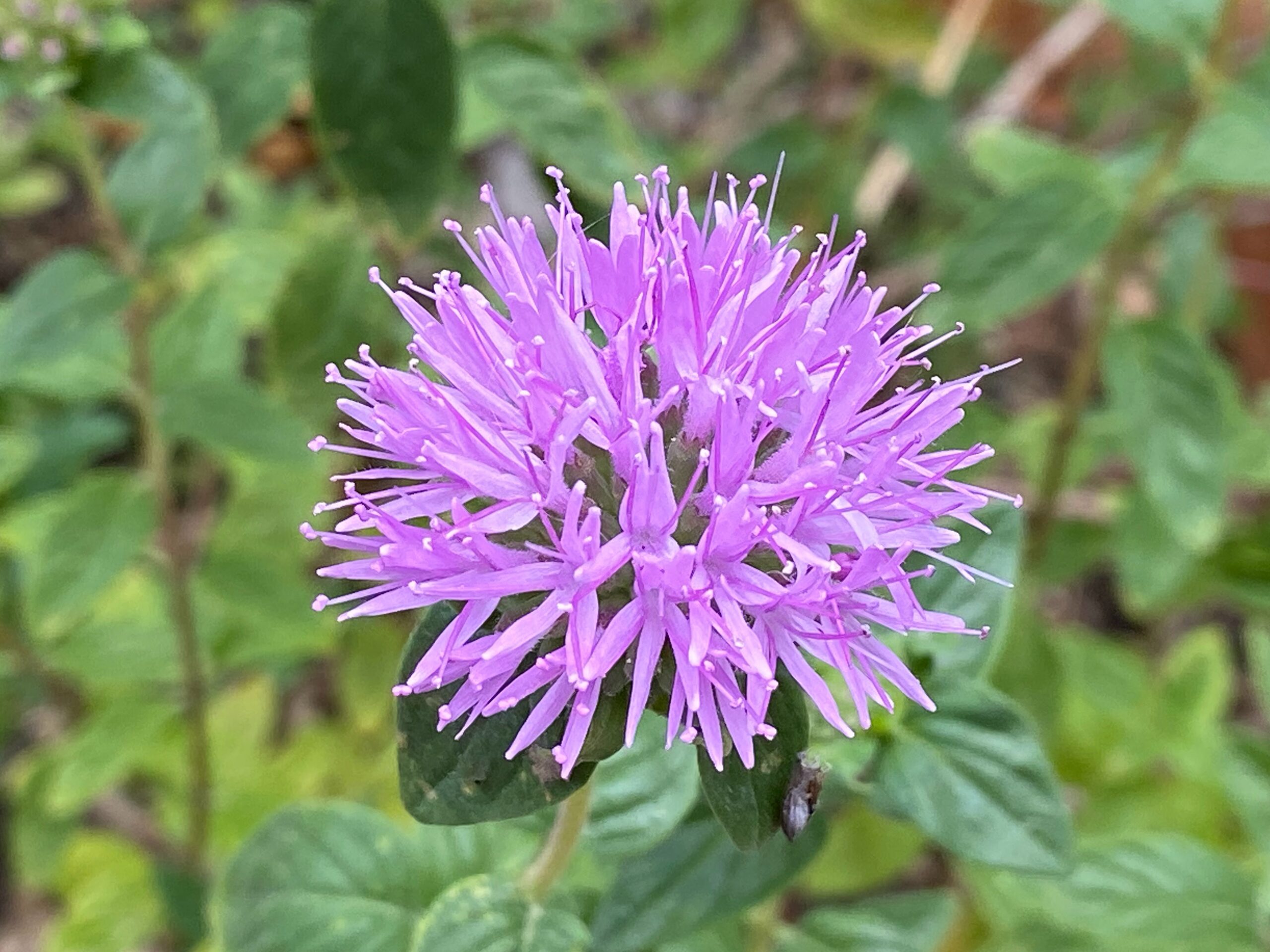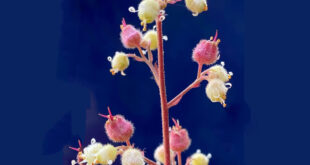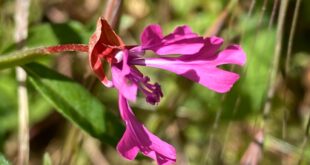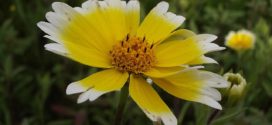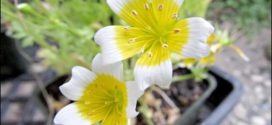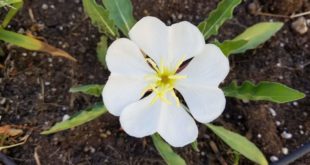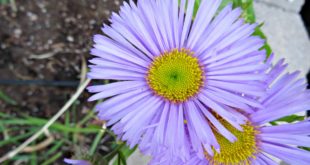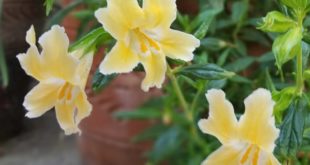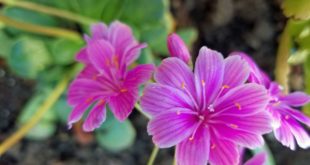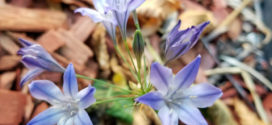Noted for its pleasant mint scent, Monardella villosa (Coyote Mint) is a small perennial forming a bushy mound of oval-shaped, soft, light fuzzy grayish-green leaves. They are topped by a profusion of small, bright lavender or pink flowers in dense spherical flower heads from late spring to alate summer. Nectar-rich, the blossoms are attractive to insects, especially bees and butterflies. …
Read More »Tag Archives: California-natives
Island Alum Root
Island Alum Root (Heuchera maxima) is a species of flowering plant in the saxifrage family. It is endemic to three of the eight Channel Islands of California, where it grows on cliffs. It is rare in the wild due to its limited distribution. However, it is also cultivated as an attractive garden plant, valued for both its foliage and flowers. …
Read More »Clarkia concinna – Red Ribbons
Clarkia concinna is a species of wildflower in the Onagraceae (Evening Primrose) family known as Red Ribbons. It is endemic to California, where it can be found in the northern Coast Ranges from Santa Clara County to Humboldt County, and in the Sierra foothills. This is an annual plant with erect, herbaceous stems. The distinctive flowers have four looping sepals of …
Read More »Tidy Tips
Plant this spring annual and you’ll be rewarded with a profusion of those bouncy, 2” blooms with their lemon-yellow and pure white scalloped petals , March through June. Combine with Nemophila menziesii “Baby Blue Eyes,” both will self-sow for a harmonious show next Spring. Nice in pots too! In California, it’s an important nectar source for the Checkerspot butterfly. Every …
Read More »Meadow Foam
Limnanthes Douglasii. California native “Meadow Foam” aka “Poached Eggs”. Not to be confused with the “Tidy Tips” flower. Not fussy about soil, it spreads into a low, shiny, weed– suppressing mat to 30” across. Very long blooming with a mass of charming, 1” clear white and lemony yellow 2-toned blooms on 10” stems. Superb as edging and swell in pots …
Read More »Tufted Evening Primrose
Tufted evening primrose (Oenothera caespitosa) is a night bloomer, producing large white flowers that start to open in late afternoon and on into the night. The fragrant blossoms appear to glow in the dark while attracting nighttime pollinators. Once the sun begins to rise, the white blooms fade to a lovely shade of pink that decorates the garden throughout the …
Read More »Seaside Daisies
New to our Sunnyvale garden for 2020 are Seaside Daisies (Erigeron glaucus). Also known as beach aster or beach daisy, seaside daisy plants are flowering California native perennial that grow wild along the Pacific Coast, from Southern California north to Oregon and Washington. This tough little plant is found in rugged environments such as coastal scrub and sand dunes. Seaside …
Read More »Sticky Monkey Flower
Orange Bush Sticky Monkey Flower (Diplaucus aurantiacus) are named for their funny-face-flowers that look like grinning Monkeys. These California native gets its common name from its long and narrow leaves with surfaces coated in a sticky resin. It is a delightful small evergreen shrub growing 2-4 ft. tall that becomes totally covered with colorful tubular orange flowers. This wide ranging …
Read More »Lewisia Siskiyou
New to our Sunnyvale garden in 2019 is Lewisia cotyledon, commonly known as Siskiyou lewisia. Lewisia blooms from spring to mid-summer, producing large individual six-petal flowers in orange, pink, red, salmon, white or yellow that are held high above the foliage in a spray, lasting for several weeks. Lewisia is eye-catching in bloom, although, when grown from seed, it is …
Read More »Brodiaea laxa – 2017
Brodiaea laxa is commonly known as the triplet lily, grassnut lily, or wild hyacinth. This perennial bulb is a native wildflower to California, growing wild in evergreen woodlands. Locally, it is found in places like Edgewood Preserve on the San Mateo County peninsula and Almaden Quicksilver County Park. Grass-like leaves appear first, followed by clusters of light blue blossoms reaching …
Read More »